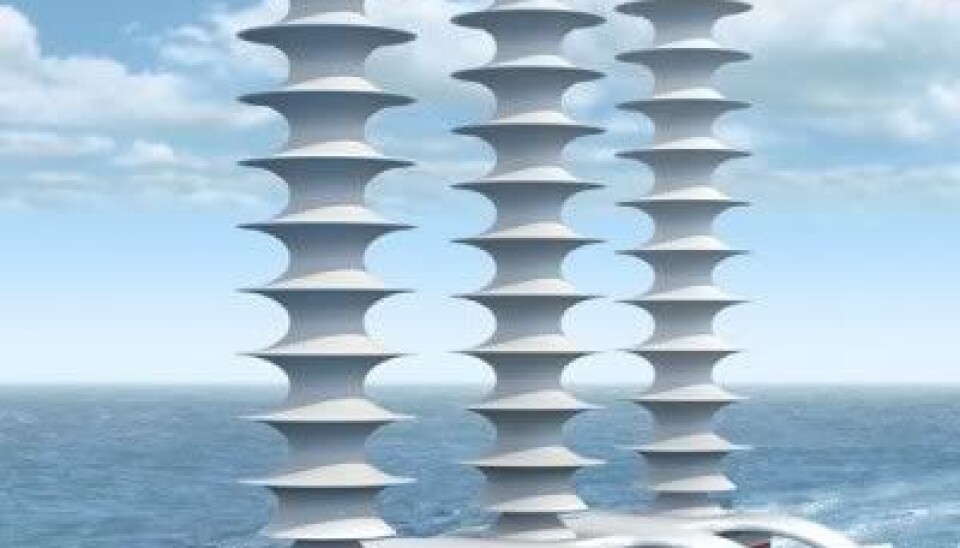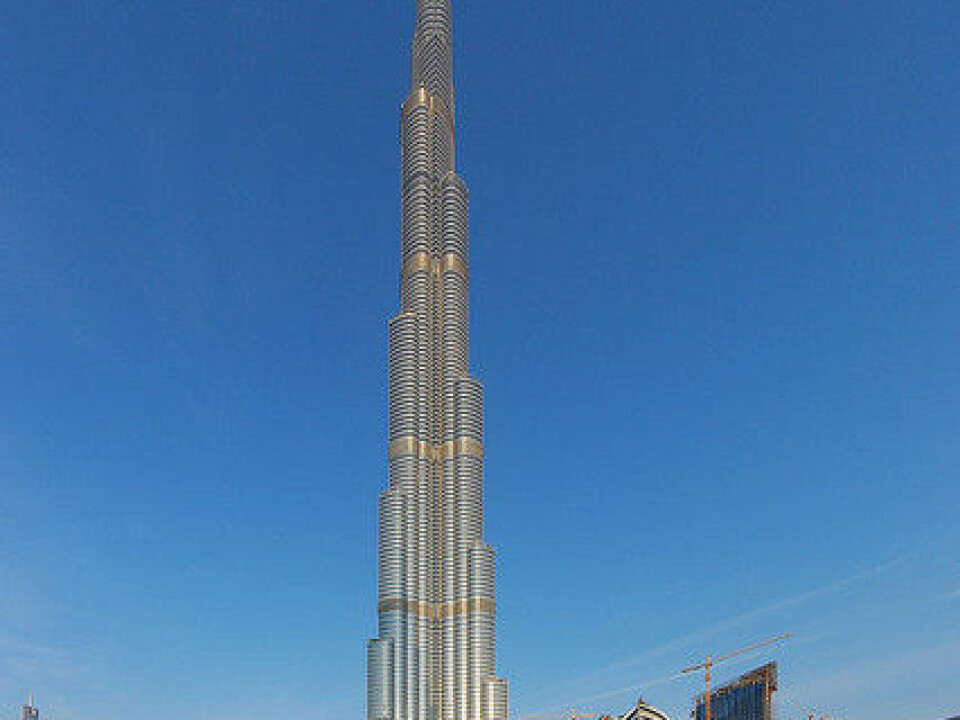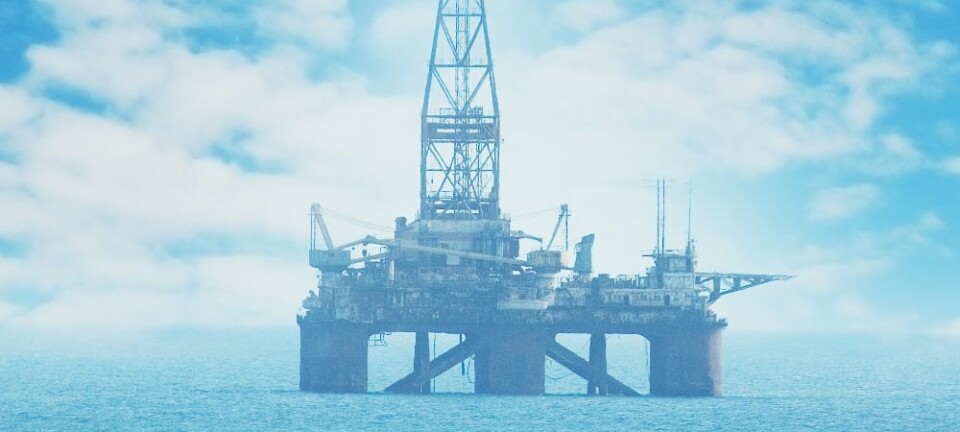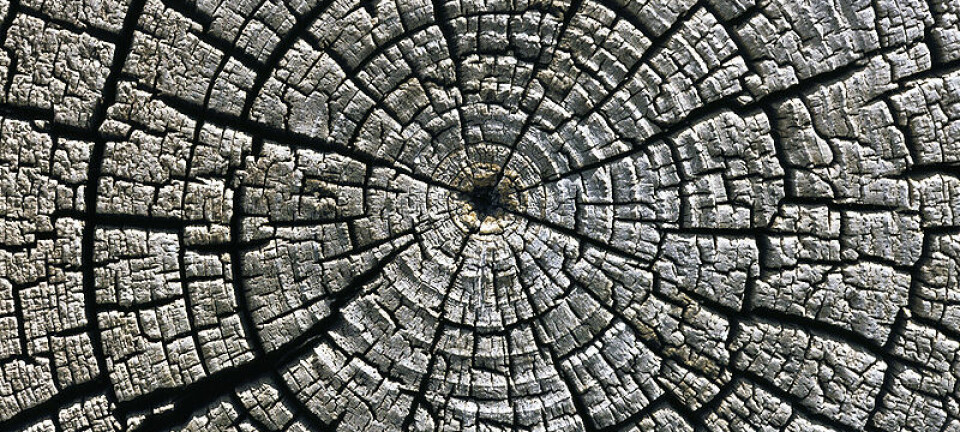
Climate towers in the Faroes?
An eminent UK engineer has asked the British government to start constructing towers that can spread seawater into the atmosphere. He says the Faroe Islands are an ideal location. Nonsense, says Danish researcher.
The melting of the Arctic ice doesn’t only result in our Earth getting warmer and warmer. Another consequence is that climate researchers and engineers are coming up with increasingly far-fetched suggestions on how to combat global warming.
The latest wild suggestion comes from Professor Stephen Salter of Edinburgh University, Scotland.
At a recent meeting with British MPs, Salter suggested that politicians could stop the melting of the Arctic ice by building giant towers that throw seawater up into the atmosphere.
According to the BBC, the idea is that nozzles at the top of the tower could spread seawater around in the air, so that the droplets start forming nuclei, around which water vapour could condense.

Salter argues that the small grains would make the droplets in clouds smaller, making them appear whiter and reflect more of the sun’s incoming energy back into space, and thereby lower the temperatures on Earth.
‘A hundred towers could save the Arctic ice’
Salter told the MPs that the towers should be located somewhere in the North, where there is sufficient land and clean air.
These towers, he argues, could cool down the seawater that flows into the Arctic region.
Salter’s ideal location would be either the Faroe Islands or islands in the Bering Strait.
Although it may be necessary to take a detailed look at the proposal to understand the consequences, I really think it sounds like nonsense.
“Nobody who works in geo-engineering hopes that this would be necessary, but we’re worried that it might get to that point,” he told the BBC.
He reckons it would be necessary to construct 100 towers, which would run on some form of renewable energy.
Requires massive amounts of water
Salter’s idea does not, however, go down well with Eigil Kaas, a professor at the University of Copenhagen’s Niels Bohr Institute.
”In order for this to have any effect, you would need to push massive amounts of water up into the atmosphere – and that would require huge amounts of energy,” he says.
“And if you simply send lots of water droplets out into the atmosphere, they would just evaporate. So I would say this is a rather fanciful suggestion.”
Kaas does not favour Salter’s ideal location for the towers either. The Faroes have a very rough climate with lots of storms, precipitation and sea spray, which make it a highly unstable area for these purposes, he says.
”So although it may be necessary to take a detailed look at the proposal to understand the consequences, I really think it sounds like nonsense.”
Fighting global warming with salt particles
Stephen Salter became world famous when he in 2009 came up with a similar suggestion to launch ships that could sail around the globe and pump seawater into the atmosphere.
This idea, says Kaas, makes a bit more sense, provided that the ships were sailed off to the subtropics, where there are more favourable conditions for affecting the atmosphere and thus cool down the planet. If this were to work, it would be because the salt particles in the seawater could create more water droplets in the clouds, which would make it easier to reflect the rays from the Sun.
However, in order to avoid the unstable weather conditions in the North Atlantic, argues Kaas, the towers would need to be high enough to reach beyond any rough weather – otherwise the salt particles would just wash back down to Earth again.
Would require tallest towers ever
”This would involve building a tower that would make the world’s tallest tower in Dubai look like an easy engineering task,” he says.
“So again: although more detailed calculations are required to assess this qualitatively, I still think it sounds unrealistic.”
Stephen Salter’s plans to launch customised ships with tremendously tall funnels were ditched due to a lack of investors, and it appears unlikely that the new project will attract sufficient funding either.
According to Salter’s careful estimate, the construction costs for a single tower would amount to some €240,000.
--------------------------------
Read this article in Danish at videnskab.dk
Translated by: Dann Vinther







